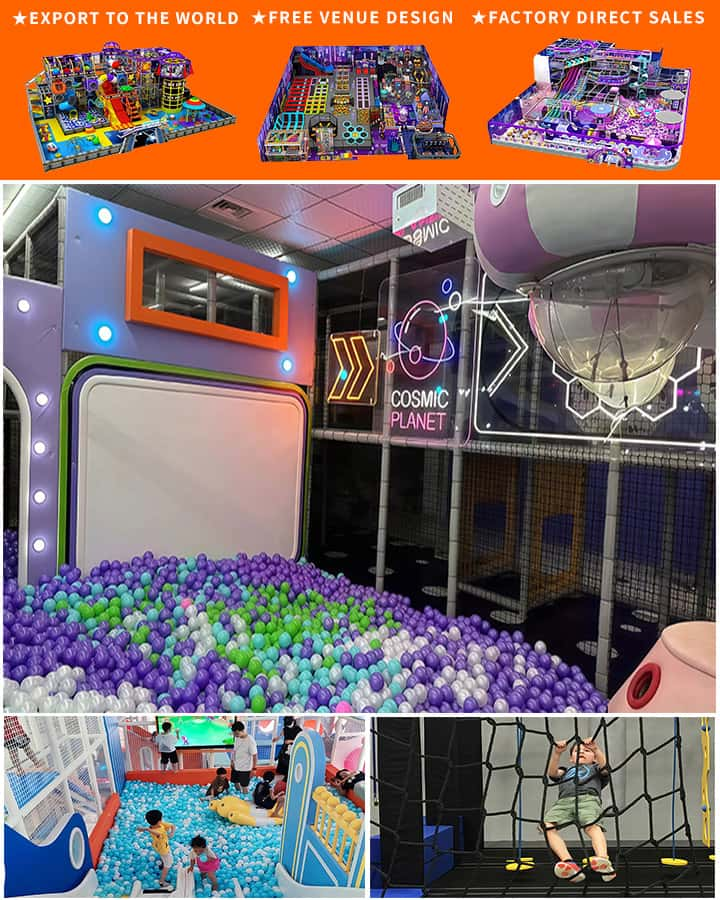Creating a captivating and safe indoor play area for kids can be a game-changer, especially on days when outdoor activities are limited. A well-designed indoor play zone not only provides a fun space for children to explore their imaginations but also helps in their physical and cognitive development. Here’s how you can create an awesome indoor play area for your little ones at home.
Choose the Right Location
The first step in creating an indoor play area is selecting the perfect spot in your home. Basements, spare rooms, or even large living rooms can make excellent choices. Ensure the area is spacious enough to accommodate different play activities and has easy access for parents. It’s crucial to choose a location with plenty of natural light, good ventilation, and minimal distractions.
Safety First
Safety is paramount when designing an indoor play area for children. Start by childproofing the space: secure furniture that could tip over, cover electrical outlets, and remove any choking hazards. Install soft flooring like foam mats or carpets to cushion falls and prevent injuries. Additionally, ensure that all toys and equipment are age-appropriate and meet safety standards to minimize risks.
Incorporate Various Play Zones
To maximize the fun and educational value of the play area, divide it into different zones based on activities. For instance:

Reading Nook: Set up a cozy corner with bean bags, pillows, and a small bookshelf filled with age-appropriate books. This encourages a love for reading and quiet time.
Arts and Crafts Station: Dedicate a table for arts and crafts activities. Stock it with supplies like crayons, markers, paints, glue, and paper. Consider using a washable mat or old newspapers to protect surfaces.
Building Blocks Area: Allocate space for building blocks such as LEGO or wooden blocks. This area promotes creativity, fine motor skills, and problem-solving abilities.
Pretend Play Corner: Create a mini kitchen or store setup with pretend food, cash registers, and costumes. Pretend play enhances social skills, language development, and emotional understanding.
Physical Activity Space: Include items like a small trampoline, tunnel, or climbing wall to keep active bodies engaged. These activities are great for burning off energy and improving motor skills.
Add Engaging Decor
Make the play area visually stimulating with engaging decorations. Use bright colors, wall decals, or murals featuring favorite characters to spark imagination. You can also add sensory elements like textured wall hangings or interactive panels to keep children engaged.
Organize with Storage Solutions
Keeping the play area organized is vital for both safety and enjoyment. Invest in storage bins, shelves, and baskets to store toys and materials. Label each container clearly to make cleanup easier and teach your kids the importance of tidiness. Rotate toys periodically to maintain novelty and reduce clutter.
Personal Touches
Involve your kids in the creation process by allowing them to contribute ideas and help decorate their play area. Personal touches, such as their artwork displayed on the walls or a “quiet corner” with their favorite stuffed animals, make the space uniquely theirs and foster a sense of ownership.
Maintenance Tips
Regular maintenance ensures the play area remains a fun and safe environment. Vacuum the floor frequently, wipe down surfaces, and regularly check toys for wear and tear. Keep an eye on the overall cleanliness and organization to provide a consistently enjoyable experience.
By thoughtfully designing an indoor play area for kids, you create a dedicated space where they can learn, grow, and have endless fun. With a bit of planning and creativity, your home can become a haven for imagination and adventure right at your fingertips.




